Hanoi is the capital city of Vietnam that has a lot to offer to travelers who want to experience the rich history, vibrant culture, and delicious cuisine of Vietnam. Whether you want to explore the ancient temples and pagodas, wander around the bustling Old Quarter, enjoy the scenic lakes and parks, or watch a traditional water puppet show, you will find something to suit your interests and budget in Hanoi. In this article, we will give you some of the best places to visit in Hanoi, as well as some useful tips and recommendations for your trip.
Table of Contents
Temple of Literature
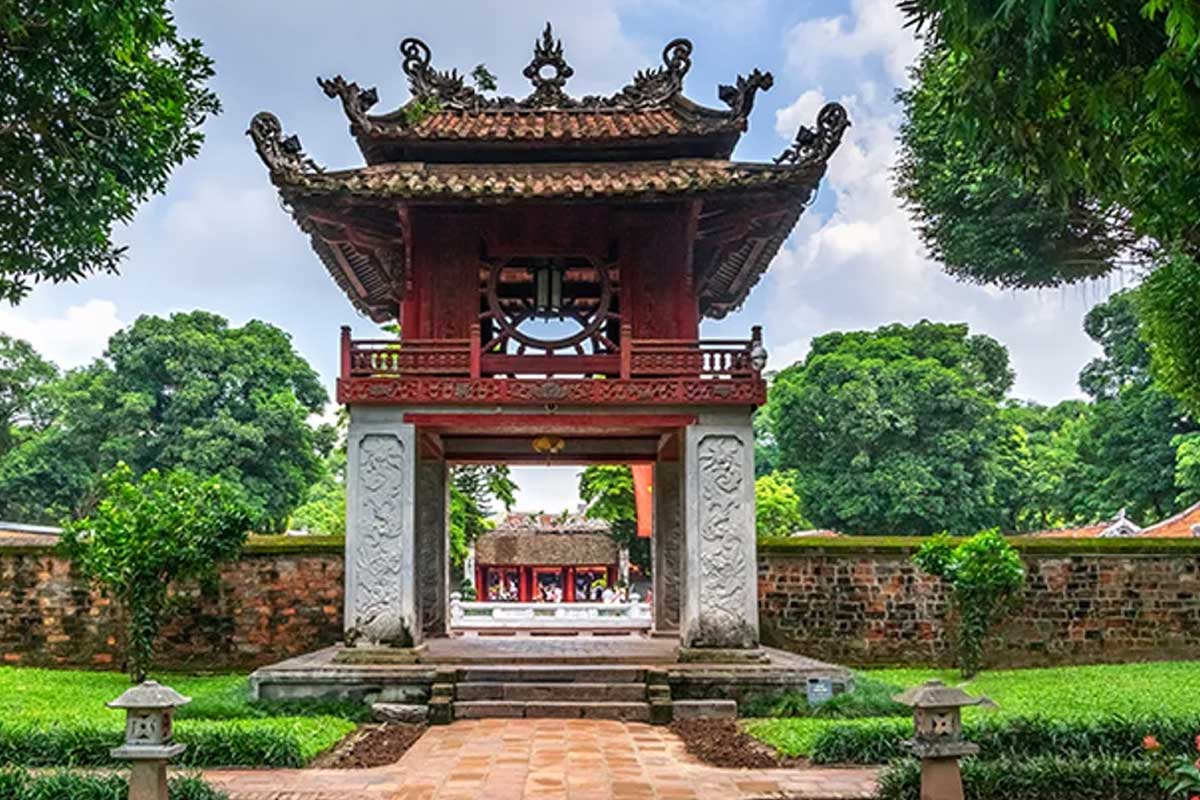
The Temple of Literature is one of the most ancient and sacred sites in Hanoi. It was built in 1070 by Emperor Ly Thanh Tong to honor Confucius, the great philosopher, and teacher of China.
Here, you will also find the Imperial Academy, the first national university in Vietnam, where only the most talented and noble students were admitted to study.
As you walk through the five courtyards of the temple, you will see the beautiful architecture, the serene gardens, and the stone stelae that bear the names of the successful graduates. You will also learn about the history, culture, and values of Vietnam through the stories and legends associated with this temple.
The Temple of Literature is not only a place of worship, but also a symbol of wisdom, education, and aspiration for many generations of Vietnamese people. This is a must-see attraction for anyone who wants to discover the charm and heritage of Hanoi.
Ho Chi Minh Mausoleum
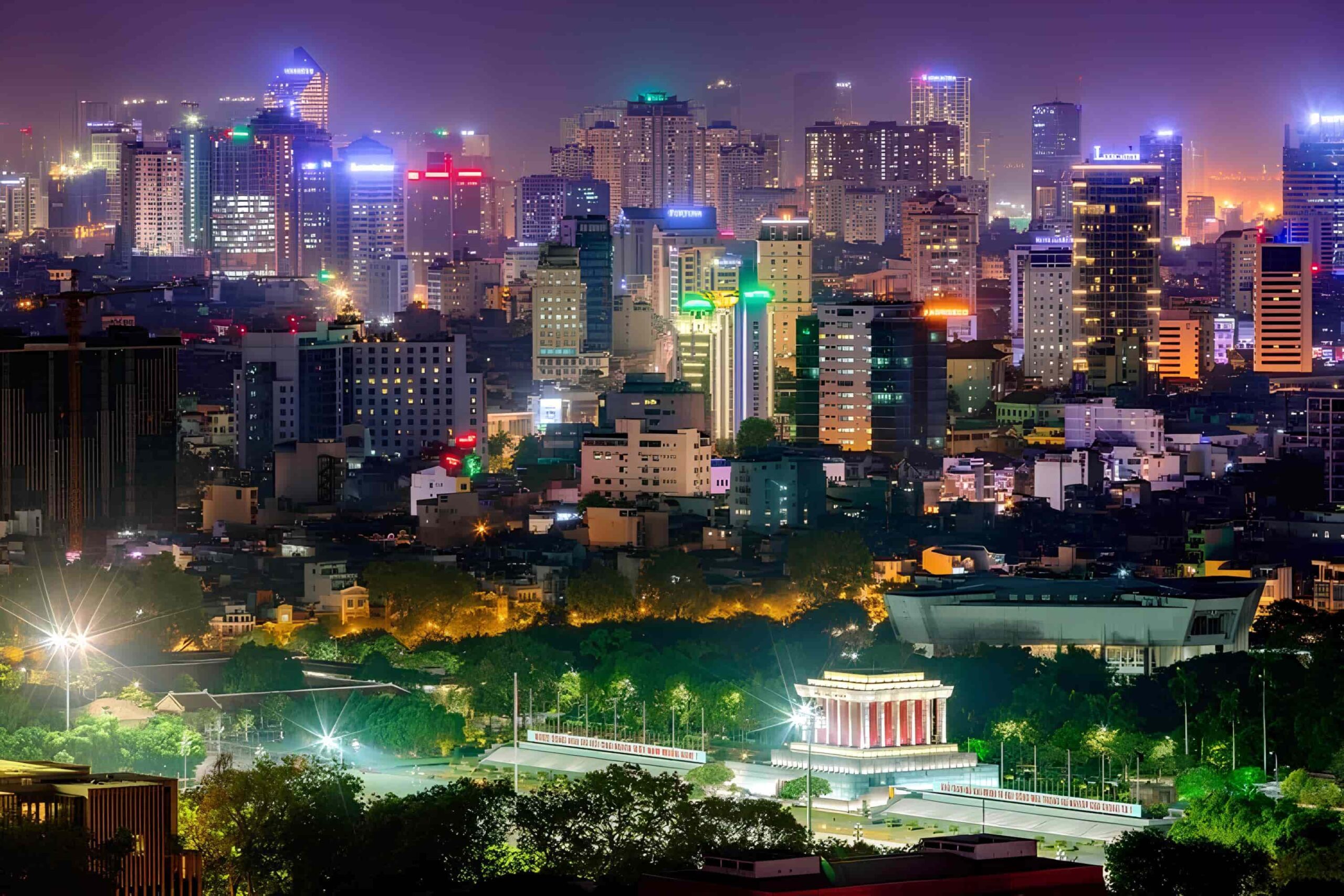
If you are interested in the history and culture of Vietnam, you should not miss the Ho Chi Minh Mausoleum, where you can pay your respects to the beloved leader of the nation.
Ho Chi Minh, also known as Uncle Ho, was the founder of the Vietnamese Communist Party and the president of the Democratic Republic of Vietnam. He led the Vietnamese people in their struggle for independence and reunification against foreign invaders.
He passed away in 1969, but his body was preserved and displayed in a granite mausoleum in the center of Ba Dinh Square, where he declared the independence of Vietnam in 1945. The mausoleum is a solemn and impressive structure, inspired by Lenin’s Mausoleum in Moscow, but with Vietnamese architectural elements.
It is guarded by soldiers in white uniforms, who perform a changing of the guard ceremony every hour. The mausoleum is open to the public every morning except Monday, but you need to follow a strict dress code and etiquette when visiting. No shorts, tank tops, hats, or cameras are allowed inside.
You also need to be silent and walk in two lines. The visit is usually brief, but it is a memorable experience for anyone who wants to learn more about Ho Chi Minh and his legacy.
Hanoi Old Quarter
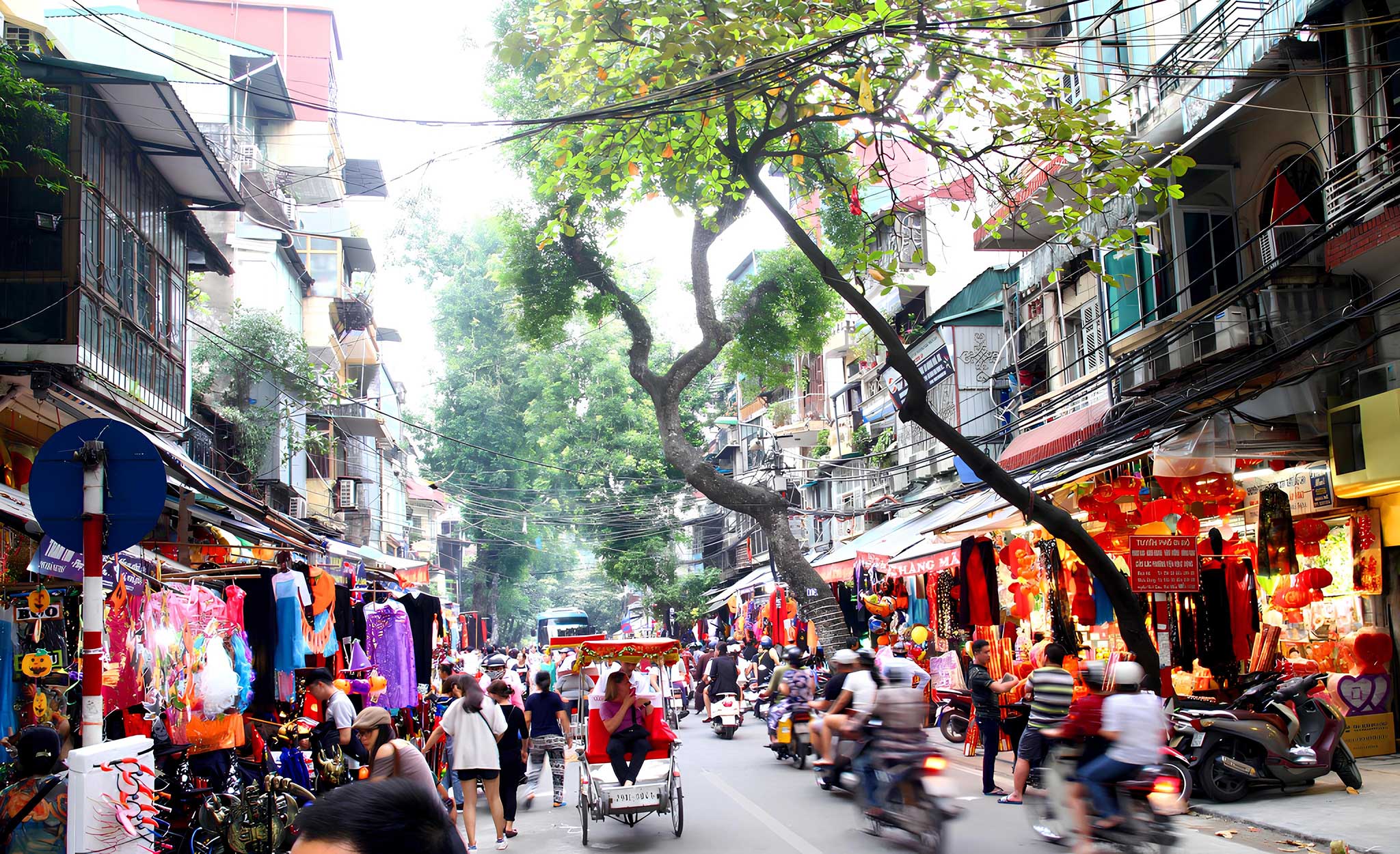
One of the most fascinating and lively places to visit in Hanoi is the Old Quarter, a historic area that dates back over a thousand years ago. The Old Quarter is a maze of narrow streets, each named after the craft or product that was once sold there. You can find everything from silk, silver, bamboo, and paper, to spices, herbs, ceramics, and more.
The Old Quarter is also a cultural hub, where you can see the blend of Vietnamese, Chinese, and French influences in architecture, cuisine, and religion. You can explore the ancient temples and pagodas, enjoy street food and coffee, watch the water puppet show, or join the locals in their daily activities.
The Old Quarter is also close to other attractions, such as Hoan Kiem Lake, Dong Xuan Market, and Ho Chi Minh Mausoleum. The Old Quarter is a place where you can experience the charm and vitality of Hanoi, as well as its rich history and heritage.
Hanoi Opera House
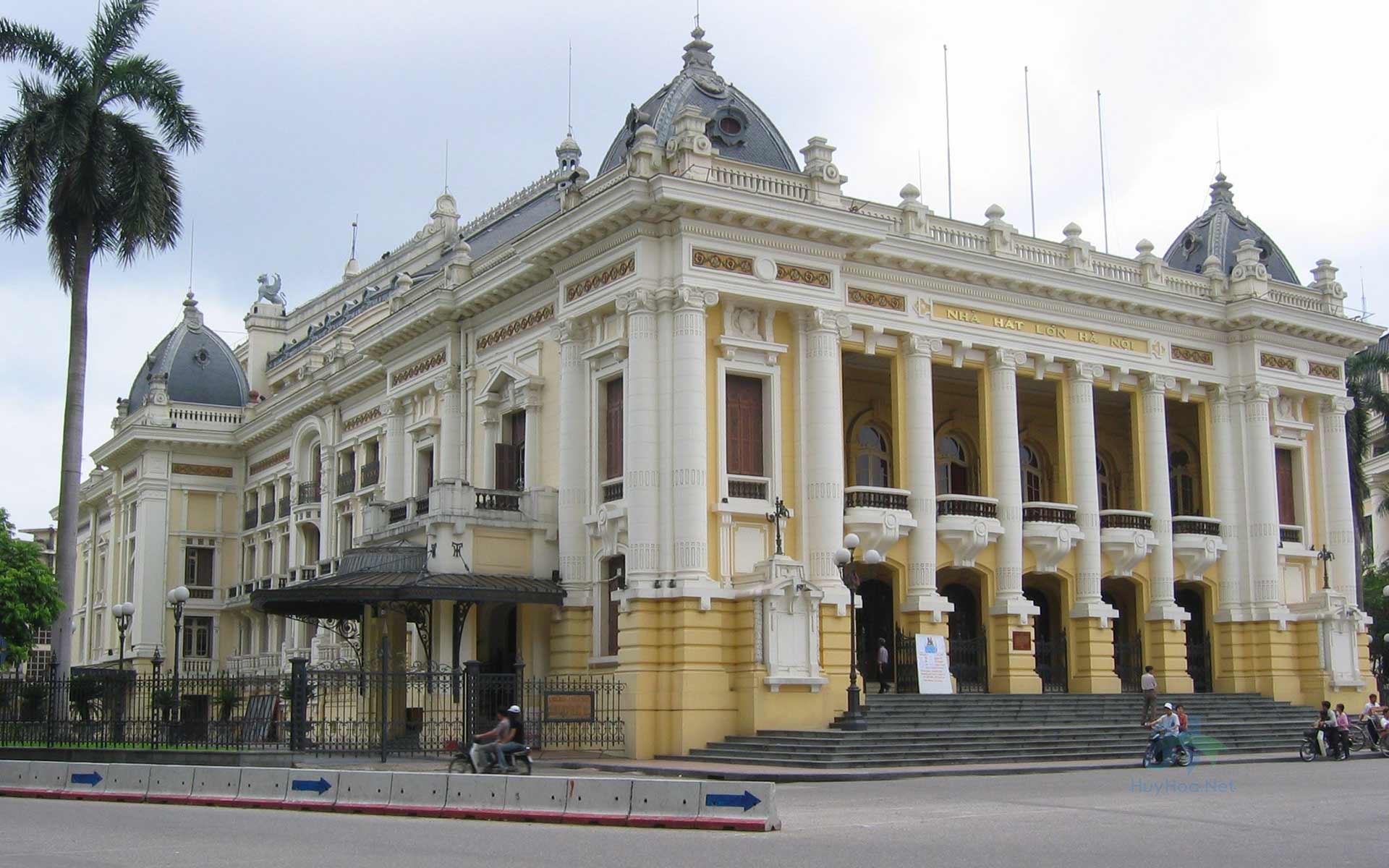
Hanoi Opera House was designed by Broyer, V. Harley, and Francois Lagisquet, who were French architects. They modeled the building on the Palais Garnier in Paris, but with a smaller scale and using materials that are suitable for the environment.
The construction started in 1901 and finished in 1911, with a cost of 2 million francs. The opera house is a masterpiece of neoclassical and eclectic architecture, featuring Gothic themes, tall pillars, shuttered windows, and a classic roof
The seating capacity of the Hanoi Opera House is 598. The main performance room is located on the third floor, with a large stage and three floors of chairs designed in a classic French style.
You can take photos outside the opera house, as it is a very attractive and historic building. Many locals and tourists come here for photoshoots, especially for weddings. However, you should be careful of the traffic, as the opera house is located at a busy junction.
If you want to take photos inside the opera house, you will need to buy a ticket to see a show or join a tour. You should also follow the rules of photography, such as not using flash, not disturbing the performers or other audience members, and not recording audio or video without permission. You should also dress neatly and appropriately for the occasion.
The opera house is one of the architectural landmarks of Hanoi and a symbol of its history and culture. It hosts various performances of opera, ballet, music, and drama by both Vietnamese and international artists. You can admire its elegant facade, grand staircase, and ornate auditorium during your visit.
Hoa Lo Prison
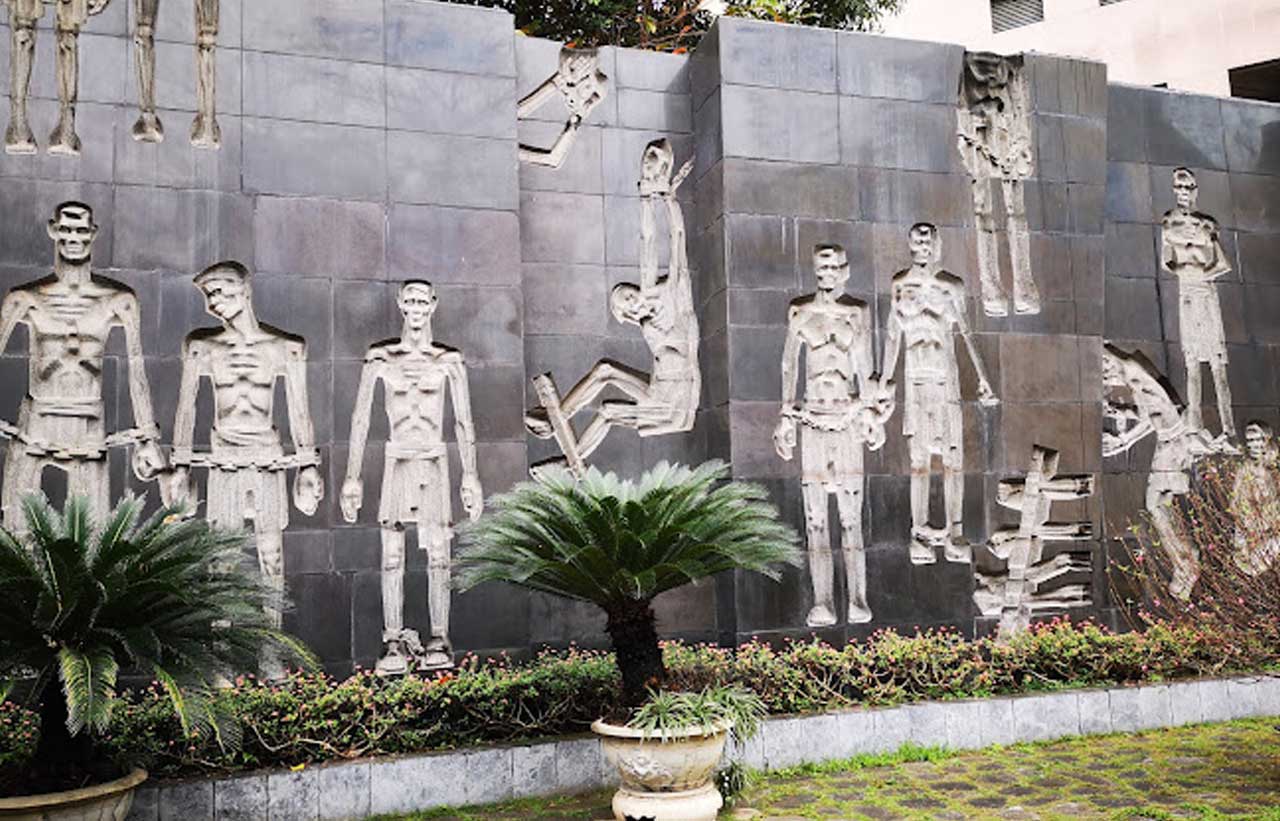
If you want to learn more about the history and the hardship of Vietnam, you should visit the Hoa Lo Prison, also known as the Hanoi Hilton by American POWs during the Vietnam War.
This prison was originally built by the French colonists in 1896 to detain and torture Vietnamese political prisoners who fought for independence. The prison was notorious for its brutal conditions, overcrowding, and executions.
After the French left in 1954, the prison was taken over by the North Vietnamese government, which used it to hold American pilots and soldiers captured during the war. Some of the famous inmates included John McCain, James Stockdale, and Pete Peterson.
Part of it remains as a museum, where you can see the original cells, artifacts, and exhibits about the prison’s history. The Hoa Lo Prison is a place where you can witness the dark side of Vietnam’s past, as well as the resilience and courage of its people.
Tran Quoc Pagoda, the oldest temple in Hanoi

Tran Quoc Pagoda is the oldest Buddhist temple in Hanoi, dating back to the 6th century. It is located on a small island on the southeastern shore of West Lake, the largest lake in the city.
The pagoda has a rich history and culture, as it was once the center of Buddhism in Vietnam and witnessed many important events. The pagoda has distinctive architecture, with a three-door gate, a tall stupa, and many shrines and statues.
The pagoda is also surrounded by a peaceful and scenic landscape, with green gardens, lotus ponds, and willow trees. Tran Quoc Pagoda is a must-see attraction for anyone who wants to learn more about Vietnamese Buddhism and enjoy the beauty of nature.
Dong Xuan Market
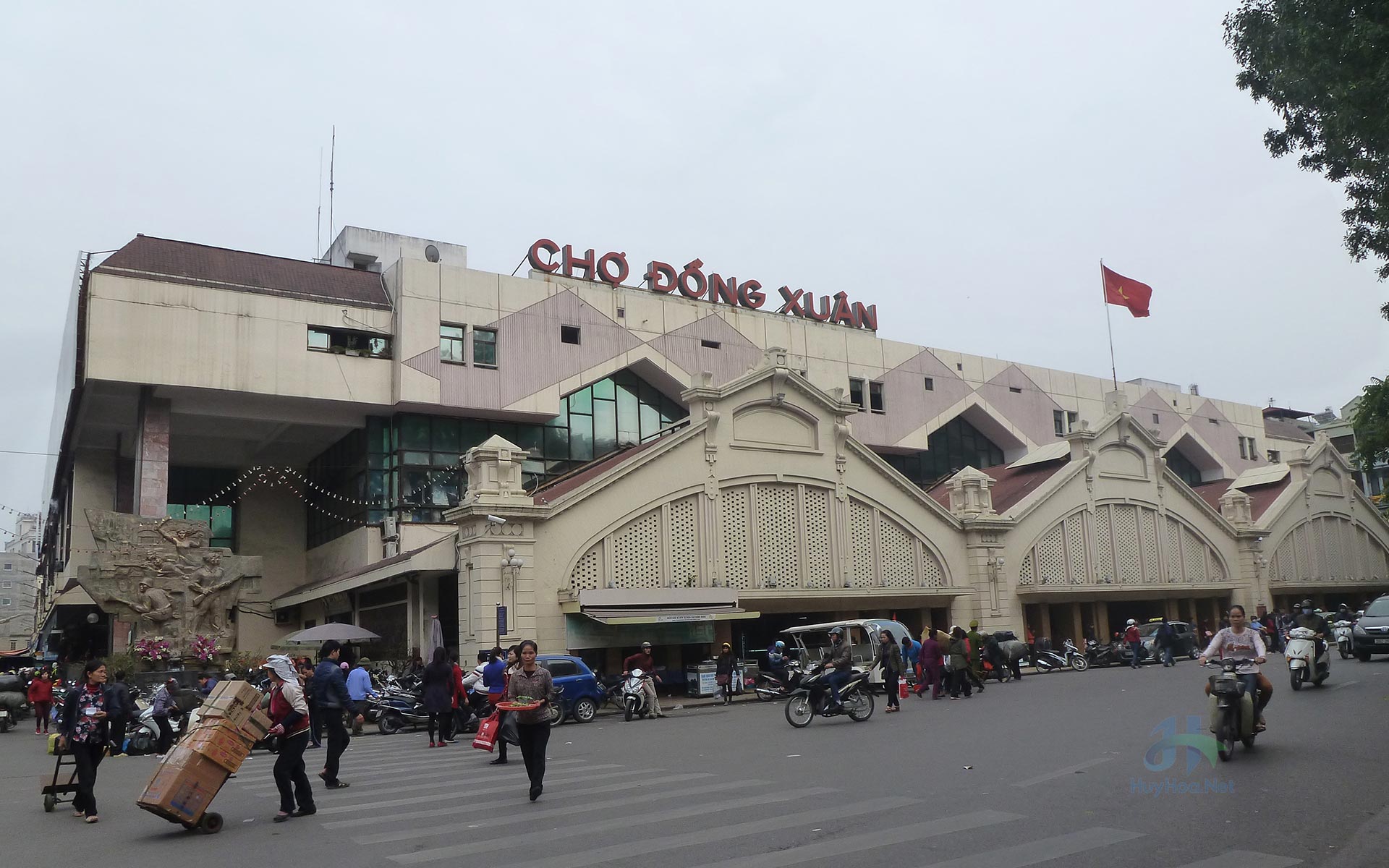
If you are looking for a place to shop and experience the local culture, you should visit the Dong Xuan Market, the oldest and largest market in Hanoi.
This market was built by the French in 1889 and has been a trading hub for various goods ever since. You can find everything from clothes, accessories, souvenirs, and electronics, to fresh food, flowers, pets, and more. The market is divided into three floors, each with different types of products.
You can also enjoy the street food and coffee around the market, or explore the nearby shops selling traditional handicrafts and art. The Dong Xuan Market is a great place to bargain and mingle with the locals, as well as to discover the history and diversity of Hanoi.
Imperial Citadel of Thang Long

If you are interested in the history and culture of Vietnam, you should visit the Imperial Citadel of Thang Long, a UNESCO World Heritage Site in the center of Hanoi. This is a complex of historic buildings that was the seat of power for almost 13 centuries, from the 7th to the 20th century.
The citadel was built by the Ly Dynasty in 1010 and was expanded and modified by subsequent dynasties. The citadel reflects the influences of different cultures, such as China, Champa, and France, as well as the unique identity of Vietnam.
You can see the ancient palaces, temples, pavilions, gates, walls, and archaeological relics that reveal the political, cultural, and social life of the Vietnamese people. The Imperial Citadel of Thang Long is a symbol of the independence, sovereignty, and resilience of Vietnam.
Train Street
Train Street is a narrow alley where a train passes through twice a day, creating a unique and thrilling experience in Hanoi. This street is also a residential area, where locals live, work, and play along the railway tracks.
You can see how they move their belongings and children away from the tracks when the train approaches, and resume their normal activities after it passes. You can also enjoy a drink or a snack at one of the cafes that have sprung up along the street, offering a great view of the train and the local life.
Train Street is located between Phung Hung and Ly Nam De streets, near the Old Quarter. You can find it on Google Maps as Hanoi Train Street. The train usually passes around 3:30 pm and 7:30 pm, but the schedule may vary.
The train street was closed to tourists by local authorities in October 2019 for security reasons, fearing a severe accident. Tourists would often stop and take pictures on the tracks, posing a risk to themselves and the train operation.
The train street is a part of Hanoi’s history and culture, not a playground for tourists. Please be mindful of your behavior and do not affect people’s lives or railway traffic safety.
You can watch the train from the outdoor seating areas of some local cafes along the street, but you should follow their instructions and move your stools closer to the wall when the train comes.
It is not a tourist attraction, but a residential area where locals live and work.
St. Joseph’s Cathedral
One of the most striking and beautiful landmarks in Hanoi is St. Joseph’s Cathedral, a Catholic church that dates back to the late 19th century. This church was built by the French colonists on the site of the former Bao Thien Pagoda, which was demolished by them.
The church resembles the Notre Dame de Paris, with its Gothic Revival style, twin towers, rose window, and statues of saints. The church is the oldest and largest in Hanoi and serves as the seat of the Roman Catholic Archdiocese of Hanoi. The church is open to the public every day, except during Mass times, which are held several times a day.
You can admire the architecture, the stained glass windows, the paintings, and the altar inside the church. You can also enjoy the view of the church from the nearby cafes and shops on Nha Tho Street. The church is a symbol of the religious and cultural diversity of Hanoi, as well as its historical connection with France.
We hope you enjoyed reading this article about some of the amazing places to visit in Hanoi, the capital of Vietnam. Hanoi is a city that will surprise and delight you with its rich history, vibrant culture, and delicious cuisine.
You can choose from a variety of attractions, from ancient temples and pagodas to lively markets and streets, to beautiful lakes and parks, to unique shows and performances.
There is something for everyone in Hanoi, no matter what your preferences and budget are. If you are planning to visit Vietnam, don’t miss the chance to explore this wonderful city and its charm and heritage.
Frequently Asked Questions
What is the best time to visit Hanoi?
The best weather in Hanoi is in spring (February to April) and autumn (October to November), with warm, sunny, and dry days. These are also the peak tourist seasons, with higher prices and crowds. The low season is from May to September, with hot, humid, and rainy weather. You can find cheaper rates and fewer tourists, but also more risks of storms and typhoons. Hanoi is a city with a lot of history, culture, and cuisine to offer, with attractions for all tastes and budgets.
What are the must-visit attractions in Hanoi?
Hanoi is a city with many must-visit attractions that showcase its rich history, culture, and beauty. Some of the most popular ones are:
- Imperial Citadel of Thang Long: A UNESCO World Heritage Site that was the seat of power for over 1000 years. You can see the ancient palaces, temples, and archaeological relics that reveal the political, cultural, and social life of the Vietnamese people.
- Thang Long Water Puppet Theatre: A traditional art form that dates back to the 11th century. You can watch puppets dance on water, controlled by hidden puppeteers, and tell stories of legends and folklore.
- Ho Chi Minh Mausoleum: A solemn and impressive structure that houses the preserved body of Ho Chi Minh, the beloved leader of Vietnam. You can pay your respects to him and learn more about his life and legacy.
- Hoan Kiem Lake: A scenic and relaxing spot in the heart of Hanoi. You can admire the view of the lake and the Ngoc Son Temple, which is connected by a graceful red bridge. You can also join the locals in their morning exercises or evening strolls.
- Dong Xuan Market: The largest and oldest market in Hanoi. You can find a variety of goods, from clothes and electronics to food and souvenirs. You can also bargain for lower prices and experience the lively atmosphere of the market.
- Hanoi Old Quarter: The historic and cultural hub of Hanoi. You can wander around the narrow streets, each named after a craft or product that was once sold there. You can also enjoy the street food, coffee, art galleries, and entertainment venues that make this area vibrant and charming.
What are the best street food dishes to try in Hanoi?
Hanoi is a paradise for street food lovers, with a variety of dishes to suit every taste and budget. Some of the best street food dishes to try in Hanoi are:
- Banh Tom Ho Tay: Battered and deep-fried sweet potato and shrimp cakes, served with lettuce, herbs, and dipping sauce. A crispy and savory snack that originated from Ho Tay (West Lake) area.
- Bia Hoi Ha Noi: Homemade beer, unpreserved, brewed daily, and delivered in kegs to local bars. A refreshing and cheap drink that goes well with grilled meat or seafood. You can find many Bia hoi joints in the Old Quarter or near Hoan Kiem Lake.
- Pho Gia Truyen: Beef noodle soup, the quintessential dish of Hanoi. Thin rice noodles in a fragrant broth, topped with slices of beef, scallions, cilantro, and lime. A hearty and satisfying meal that can be enjoyed any time of the day. Pho Gia Truyen is one of the oldest and most famous pho shops in Hanoi, located at 49 Bat Dan Street.
- Banh Mi: Vietnamese baguette, a legacy of the French colonial era. A crusty bread filled with various ingredients, such as pate, ham, cheese, grilled pork, egg, pickles, cucumber, cilantro, chili sauce, and mayonnaise. A delicious and convenient snack that can be found everywhere in Hanoi. Banh Mi 25 is a popular spot in the Old Quarter, at 25 Hang Ca Street.
- Bun Cha: Vermicelli noodles with grilled pork, another signature dish of Hanoi. The grilled pork comes in two forms: meatballs and slices of fatty pork belly. They are served with a bowl of sweet and sour fish sauce, fresh herbs, lettuce, and pickled papaya and carrot. You can also order spring rolls as a side dish. Bun Cha Ta is a recommended place to try bun cha, at 21 Nguyen Huu Huan Street.
- Banh Cuon: Vietnamese steamed rice rolls, a popular breakfast dish in Hanoi. The rice rolls are thin and delicate, filled with minced pork and mushrooms. They are served with fried shallots, cilantro, bean sprouts, sliced cucumber, and fish sauce. Banh Cuon Ba Xuan is a well-known place to enjoy banh cuon, at 47A Mai Hac De Street.
- Cha Ca: Hanoi-style turmeric fried fish with dill, a specialty of the city. The fish is marinated with turmeric, galangal, garlic, and shrimp paste, then fried in a pan with dill and spring onion. It is served with rice noodles, peanuts, herbs, fish sauce, and shrimp paste. Cha Ca La Vong is the oldest and most famous restaurant that serves this dish, at 14 Cha Ca Street.
- Nem ran: These fried spring rolls are filled with pork, shrimp, and vegetables.
- Ca Phe Trung: Vietnamese egg coffee, a unique drink that originated in Hanoi. It is made by whisking egg yolk, condensed milk, and sugar until fluffy, then pouring it over a cup of strong black coffee. It tastes like a creamy and sweet custard, with a hint of coffee flavor. Ca Phe Giang is a hidden gem that serves the best egg coffee in Hanoi, at 39 Nguyen Huu Huan Street.
What are the most popular attractions and activities in Hanoi's Old Quarter?
Some popular attractions and activities in Hanoi's Old Quarter are:
- Hoan Kiem Lake and Ngoc Son Temple: scenic and historic sites.
- Hanoi Opera House: elegant French colonial building with cultural performances.
- 87 Ma May Ancient House: traditional Vietnamese house from the 19th century.
- National Museum of History: comprehensive museum of Vietnam's history and culture.
- One Pillar Pagoda: iconic wooden pagoda on a stone pillar.
- Thang Long Water Puppet Theatre: unique and entertaining puppet show on the water.
- Dong Xuan Market: a large and old market with various goods and food.
How many days do I need to visit Hanoi?
The number of days you need to visit Hanoi depends on your interests and preferences, but most travelers recommend spending at least 3 days in the city. This way, you can explore the main attractions of Hanoi, such as the Old Quarter, the Ho Chi Minh Mausoleum, the Temple of Literature, and the One Pillar Pagoda. You can also enjoy the local cuisine, culture, and nightlife, and take a day trip to Ha Long Bay or another nearby destination. If you have less time, you can still see some of the highlights of Hanoi in one or two days, but you might feel rushed and miss out on some experiences
What are the best souvenirs to buy in Hanoi?
There are many souvenirs to choose from in Hanoi, but some of the best ones are:
- Vietnamese silk products: Hanoi is famous for its high-quality silk, which you can buy as raw fabrics or ready-made items such as scarves, dresses, ties, and bags. You can find silk products in Van Phuc silk village or Hang Gai Street.
- Vietnamese hand-embroidery: Hanoi is also a great place to buy embroidered products, such as bed sheets, pillowcases, napkins, table runners, and cosmetic bags. The embroidery is done on special Vietnamese cotton or linen and features beautiful designs of dragons, lotus flowers, and other motifs. You can find embroidery products in Tan My Design or other shops on Hang Gai Street.
- Vietnamese coffee: Vietnam is one of the world's largest coffee producers, and Hanoi is a coffee lover's paradise. You can buy different types of coffee beans or grounds, such as Arabica, Robusta, or the famous weasel coffee. You can also buy coffee filters and cups to make your own Vietnamese coffee at home. You can find coffee products in Oriberry Coffee or other cafes and shops in Hanoi.
- Dong Ho paintings: Dong Ho paintings are traditional Vietnamese woodblock prints that depict scenes of rural life, festivals, legends, and animals. They are made with natural materials and colors and have a distinctive style and charm. You can find Dong Ho paintings in Dong Ho village or other souvenir shops in Hanoi.

